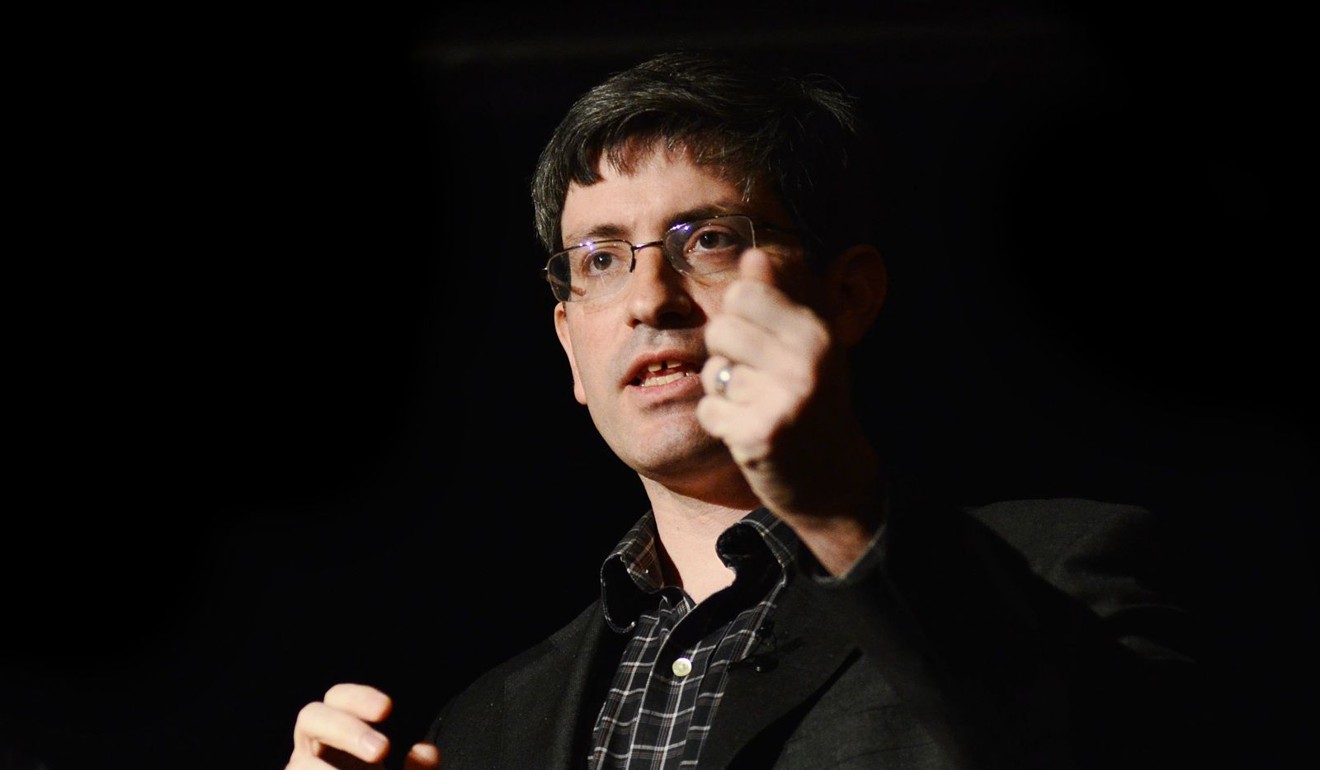
Genetics and heredity explained in great detail in Carl Zimmer’s She Has Her Mother’s Laugh
A huge, detailed look at the Human Genome Project, DNA, sequencing, Charles Darwin and Gregor Mendel by science journalist and author Carl Zimmer. If you want to learn about developmental biology, this is a great place to start
She Has Her Mother’s Laugh: The Powers, Perversions, and Potential of Heredity
By Carl Zimmer
Dutton
Why do children look like their parents and siblings, but still differ from one another? This problem, sitting right at the heart of biology, was solved in part by Gregor Mendel and his early-20th-century heirs. Still, we had to wait until the advent of DNA sequencing in the 1970s before we could penetrate these mysteries in detailed, mechanistic ways.

Carl Zimmer’s new book lays out what we have learned. His approach is dangerously encyclopedic – my copy of the 657-page book weighs more than a kilogram – because he chooses (rightly, in my view) to combine the history of the field with a detailed account of current developments. It’s an ambitious undertaking, one that requires a light authorial touch to avoid a result that is dense, and turgid, and boring.
Zimmer, a prominent science journalist who writes regularly for The New York Times, does a good job of avoiding the encyclopaedia trap, larding his account with plenty of colourful stories. At times, however, he does get mired in overly long stories while trying to give the book a folksy feel, as in the analysis of his own pedigree and genome, matters likely to interest other Zimmers more than the reader.
Zimmer is not just a journalist but a co-author of a highly regarded textbook on evolutionary biology, meaning that he really understands what he is writing about. The strength of the book is its combination of accuracy, journalistic clarity and scientific authority.
And there’s plenty of science. Mendel and Charles Darwin appear, of course; the dark history of eugenics stalks the pages; our new ability to explore the tree of life by comparing DNA sequences gets airplay; the hunt for genetic errors that cause disease occupies several chapters; Crispr and other cutting-edge technologies that can (and will) allow us to edit out these errors are carefully explained; the story of human migration throughout the world is reconstructed using our DNA; and Neanderthals – who, via ancient hybridisation with our ancestors, contributed about 2 per cent of the genomes of modern non-Africans – get some headlines of their own.
Doctor who changed life for pregnant women predicts biotech boom

We learn how the external environment can produce an unconventional form of heredity, as when rats learn to fear certain odours experimentally associated with an electric shock – a fear that can be inherited by offspring who never experienced the shocks. (As Zimmer correctly observes, these environmentally induced traits always disappear after a few generations, so they can’t be the basis for long-term “non-Darwinian” evolution.)
Other fascinating but unconventional forms of inheritance include the “horizontal” transmission of genes between wildly different species (aphid DNA, for instance, contains genes taken from fungi) and the inheritance of the bacterial “microbiome” between people through contact or birth, conferring similar groups of bacteria on related people. (Zimmer notes that he carries 53 species of bacteria in his navel alone.) We’re only now beginning to learn how important these microbial fellow travellers are for our health.
Parents vying for school places in southern China told to get DNA tests for their children
The most engrossing part of the book describes human “chimeras”: people whose bodies contain different genomes. This can, for example, result from the movement of cells back and forth across the placenta, so that a mother can be colonised by groups of cells derived from offspring born decades previously.
Conversely, a child can harbour cells from its mother. Cells can also move between twins in utero – or even, via the mother, between offspring from different pregnancies. One study showed that 13 per cent of young girls had Y chromosome-carrying (that is, male) cells in their blood, their source being older brothers whose cells had colonised the mother and then moved back through the placenta to inhabit little sister.

But it gets even more twisted: Occasionally, a chimeric individual is formed when the embryos of two fraternal twins fuse early in development. Such chimeras can have major portions of their bodies carrying different genomes, some cells derived from twin A and others from twin B. This has produced bizarre paternity tests apparently showing that a woman is not the mother of her own child.
This happens when chimerism results in a woman’s blood cells being derived from twin A (blood cells are used to determine the mother’s genetic identity), while her reproductive cells -– the ones that produced the egg that became Junior – are derived from twin B. Such genetic facts seem almost alien.
Chinese doctor behind ‘three-parent baby’ fights regulations to help couples have babies, but at what cost?
Admittedly, most of us are not genetic chimeras, but this tale illustrates two things: the weirdness of heredity – it’s much more than whether you inherited your uncle’s blue eyes – and the power of modern science and technology to unravel these genetic puzzles.
The message here is an important one: chimeras notwithstanding, genetic technologies have well and truly arrived and are poised to have a huge impact on our lives. Genetically modified crops are burgeoning. What does that mean for us and for the environment?
The Human Genome Project – that complete catalogue of the more than three billion A’s, T’s, G’s and C’s that constitute our genome – cost around US$3 billion (HK$23.5 billion) in the 1990s. Today, it will cost just US$1,000 to sequence your entire genome. Now you can take a voyage of discovery into your genetic heart, learning who you are and where you came from.
Soon we’ll be able to manipulate a fertilised human egg, changing any genes we want – not just those causing disease but those altering behaviour, appearance and intelligence.
DNA test that tells you how to exercise and what to eat
We need to know about these developments. Can I load the Mendelian dice when I have a child, ensuring that it really does get Uncle Frank’s blue eyes? Should we allow people to create “designer babies” with higher IQs? How likely am I to get the cancer that killed my grandmother? And if I do get it, what can I do to get rid of it?
Zimmer’s book is an excellent way to learn about these areas, but be aware that there are a couple of recent competitors that give much the same information. These include Siddhartha Mukherjee’s superbly written chronology The Gene: An Intimate History, and James Watson’s lavishly illustrated (and largely first-hand) account, DNA: The Story of the Genetic Revolution. Read at least one of the three, because this is important stuff: If the science doesn’t matter to you now, it will soon.
Coyne is professor emeritus in the department of ecology and evolution at the University of Chicago. He is the author of Speciation (with H. Allen Orr), Why Evolution Is True and Faith vs Fact: Why Science and Religion Are Incompatible .

